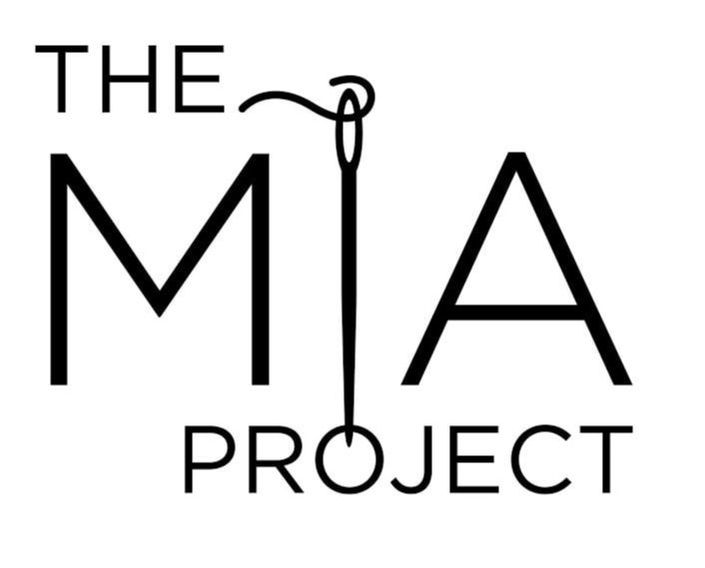|
So you've gathered all supplies, trims, and fabrics for your garment-to-be but there is just one thing missing… You’ve scoured fabric store after fabric store and still can’t find that perfect length zipper in the right color. Let’s face it, if your garment calls for a zipper, it is most likely essential to its functionality. Needless to say, you won’t be able to skip this one. What if the opposite happens- you found the right color in the right style but not the right length? Should you forgo color for length and just get the next best thing in a mismatched color? While you may think that’s your best option, the good news is, there’s a better way. If the style and color of the longer zipper matches the clothing item you are sewing, buy it and shorten it at home using the simple technique described below. After all, if you are striving for a professional finish, a mismatched zipper color can be a dead giveaway that things didn’t go quite well in the construction process (unless done intentionally, of course). Where To Start: Choosing The Right Zipper LengthFirst, figure out the zipper length needed for your sewing project. If you’re following instructions from a sewing pattern (or another source), use the recommended length. If you are taking on the task of figuring out the length yourself, take into account the darts and where the garment is most form fitted. For best results, the zipper opening will have to extend past the dart vanishing points, or the garment's most fitted areas. When sewing a form fitted (body contour) dress for example, the zipper has to go past the widest area of the hip in order for the garment opening to work properly. Taking all these important factors into account, measure down the seam that will eventually house the zipper and note the location of where the zipper opening should stop. It is best to measure the seam directly on the paper patterns as it allows for a more accurate flat surface, and provides an easier way to keep track of the darts and widest areas of the garment. For the sake of understanding the whole zipper shortening thing, let’s say you are sewing a woven skirt that calls for an invisible zipper at the side seam. Assuming the skirt is a classic pencil silhouette and features darts that extend into the widest area of the hip (both at the front and back), you will need a zipper that is long enough to go about 2” past the vanishing points of the darts. In this case, depending on the style and size of the skirt, an invisible zipper that is anywhere from 7” to 9” would work best. Keep in mind that it’s always better to go for a slightly longer one as it allows for more flexibility during the sewing process, also providing a more comfortable garment opening. While you may easily find a 7” zipper in your designated color and style at the fabric store, you may not always find a 9” one. In this case, buy the next size up available (in the matching color) and use the technique described below to shorten it. I actually do this a lot with my own sewing projects, but I end up in a sort of opposite situation. I’ve collected a bunch of zippers (in different sizes and colors) over the years so I always have one handy to shorten to a specified length at home when needed. I like the fact that I can control the length down to the quarter of an inch as opposed to relying on commercially available zippers sold in 2 inch increments. Shortening Conventional, Closed-end Zippers By Hand:
For a regular plastic coil zipper that has a closed end, all you have to do is whipstitch the zipper teeth together at the location of the desired length and cut off the excess as shown. That simple! This technique can be applied to any closed end zipper regardless of whether it has plastic or metal coils. Of course, keep in mind that cutting through metal coils should be done using a different pair of scissors than your fabric ones as it can cause a bit of damage in the process. Otherwise, this simple zipper shortening technique is used effectively on regular to invisible zipper styles and will become one of your most favorite techniques as you become a more advanced dressmaker. Similar sewing tutorials you may like:How To Sew Lining To The Zipper Area (Invisible Zipper Example) How To Sew A Separating Zipper- Topstitched And Lined Methods How To Shorten A Metal And Plastic Separating Zipper At Home How To Alter A Zipper: Shortening And Preparing Zippers For Dress Placket Use 5 Types Of Zipper Applications You Should Know As a Sewing Beginner
0 Comments
Leave a Reply. |
The Blog:A journey into our design process, sewing tutorials, fashion tips, and all the inspiring people and things we love. Doina AlexeiDesigner by trade and dressmaker at heart. I spend most of my days obsessing over new fabrics and daydreaming new ideas. Sadie
Executive Assistant & Client Relations Manager Archives
November 2019
Categories
All
|
-
Sewing Tutorials
-
Basics
>
- Aligning Pattern Grainlines To Fabric
- Preparing Fabrics For Sewing
- Pinning Sewing Patterns To Fabric
- Placing Sewing Patterns On Fabric For Cutting
- Rotary Cutters or Fabric Scissors?
- Cutting The Sewing Patterns
- What Are Notches And How To Use Them In The Sewing Process
- Transferring Notches From Pattern To Fabric
- Transferring Seamlines to Fabric
- Staystitching
- Backstitching: A Complete Guide
- Hand Basting: A Complete Guide
- Sewing Continuous Bias Binding
- Darts >
-
Sewing Seams
>
- The Basics Of Seams And Seam Allowance
- How To Sew A Straight Seam
- Sewing Curved Seams
- Sewing Corner Seams
- Trimming And Grading Seam Excess
- Notching/Clipping Seam Allowance for Tension Release
- Sewing Topstitched Seams
- Sewing Corded Seams
- Sewing A Slot Seam
- Sewing A Gathered Seam
- Sewing Bias Seams
- Sewing Seams With Ease
- Sewing Seams With Crossing Seamlines
- Sewing Unlike Fabric Seams
- How To Iron Seams: Ironing Tools And Conventions
- Sewing With Knit Fabrics
- Understanding Stitch Length And Tension
- Sewing Unique Fabric Seams
-
Seam Finishes
>
- Seam Finishing Techniques - Overview
- Applying A Pinked Seam Finish
- Applying A Bias Bound Seam Finish
- Serging And Zigzag Seam Finishes
- Sewing A Self-Bound Seam Finish
- Sewing A French Seam Finish
- Sewing A Hong Kong Seam Finish
- Sewing A Mock French Seam Finish
- Sewing A Turned-and-Stitched Seam Finish
- Sewing Overcast Hand-Applied Seam Finishes
- Sewing A Flat Felled Seam
- Sewing A Hairline Seam Finish
-
Hem Finishes
>
- Garment Hem Finishes: Overview
- Sewing A Double Fold Hem Finish
- Sewing A Single Fold Hem Finish
- Sewing Bound Hem Finishes
- Sewing An Exposed Double Layer Bound Hem
- Sewing A Folded-Up Bound Hem with Pre-folded Binding
- Sewing A Hong Kong Hem Finish
- Sewing A Band Hem Finish
- Sewing A Bias Faced Hem Finish
- Sewing A Twill Tape Hem Finish
- Sewing A Rolled Hem Finish
- Sewing A Shaped Hem Facing
- Using Fusible Hem Tape And Webbing
- Finishing A Lace Fabric Hem
- Finishing A Leather Hem
- Sewing Faced Hem Corners
- How To Finish Lining At The Hem
- Finishing Fabric Corners by Mitering >
- Interfacing A Hemline: Lined And Unlined Examples
-
Sewing Pockets
>
- Curved Patch Pocket With Flap
- Unlined Square Patch Pockets
- Lined Patch Pockets: Two Ways
- Extension On-Seam Pockets
- Separate On-Seam Pocket
- Front Hip Pockets
- Bound Double Welt Pocket
- Double Welt Pocket With Flap
- Self-Welt Pocket (Using Single Fabric Layer)
- Slanted Welt Pocket (Hand-Stitched)
- Faced Slash Pockets: Overview >
-
Sewing Zippers
>
- Sewing Zippers: General Information
- Sewing A Centered Zipper
- Sewing A Lapped Zipper
- Sewing An Invisible Zipper
- Sewing A Fly Front Zipper
- Sewing A Closed-End Exposed Zipper (No Seam)
- Sewing An Exposed Separating Zipper
- Sewing Hand Stitched Zipper Applications
- Sewing A Zipper Underlay
- Sewing A Placket-Enclosed Separating Zipper
- Sleeveless Finishes >
-
Neckline Finishes
>
- Sewing A Neck Shaped Facing
- Sewing An All-In-One Neck Facing
- Neck And Garment Opening Combination Facings >
- Sewing A Bias Faced Neckline Finish
- Sewing A Band Neckline Finish
- Bound Neckline Finishes: Overview >
- Sewing A Semi-Stretch Strip Band Neckline
- Ribbed Neck Band And Classic Turtleneck
- Decorative Neckline Finishes >
- Finishing Facing Edges >
-
Extras
>
- A Complete Guide on Interfacing
- Sewing Bound Spaghetti Straps
- Sewing Spaghetti Straps To A Faced Neckline
- Sewing Ruffles: Overview
- Patterning And Sewing A Circle Ruffle
- Sewing A Gathered Heading Ruffle
- Sewing Double Layer Gathered Ruffles
- Sewing A Gathered Ruffle Into A Seam
- Sewing A Gathered Ruffle To A Fabric Edge
- Sewing A Fabric Surface Slit
- Sewing A Slit Seam
- Hand-Applied Straight Stitches
- Hand-Applied Blind Stitches
- Hand-Applied Overedge Stitches
- Hand-Applied Tack Stitches
- Hand-Applied Decorative Stitches
-
Basics
>
- Custom Bridal
- Custom Apparel
- About
- Blog
Services |
Company |
|

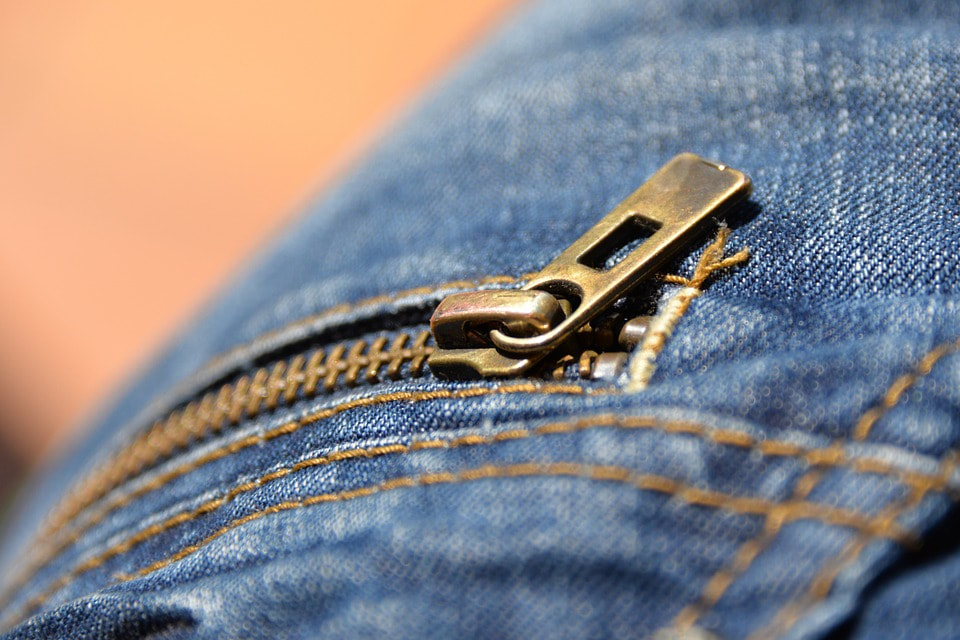
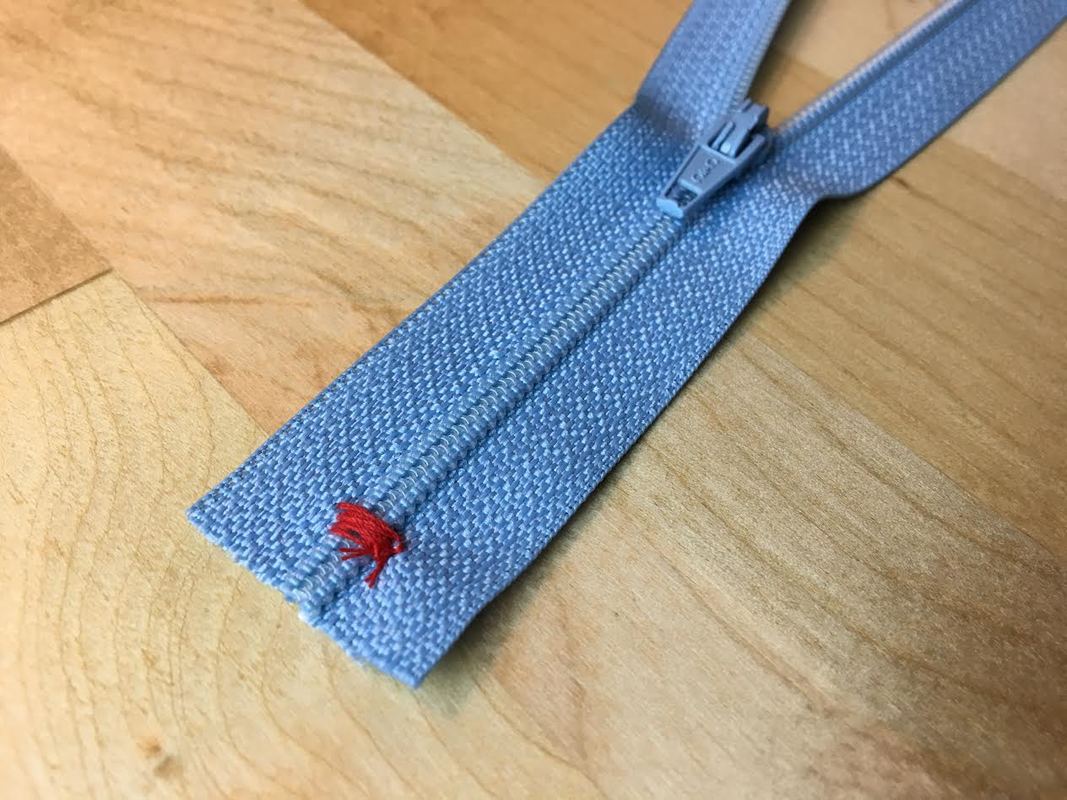
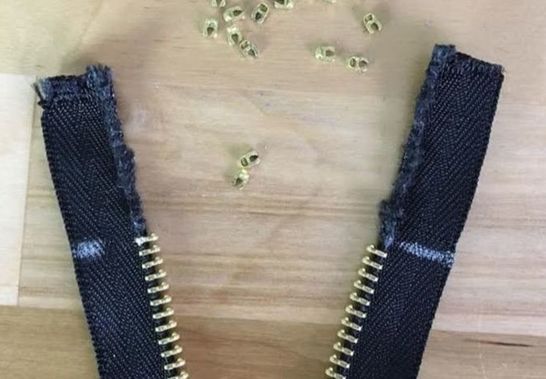
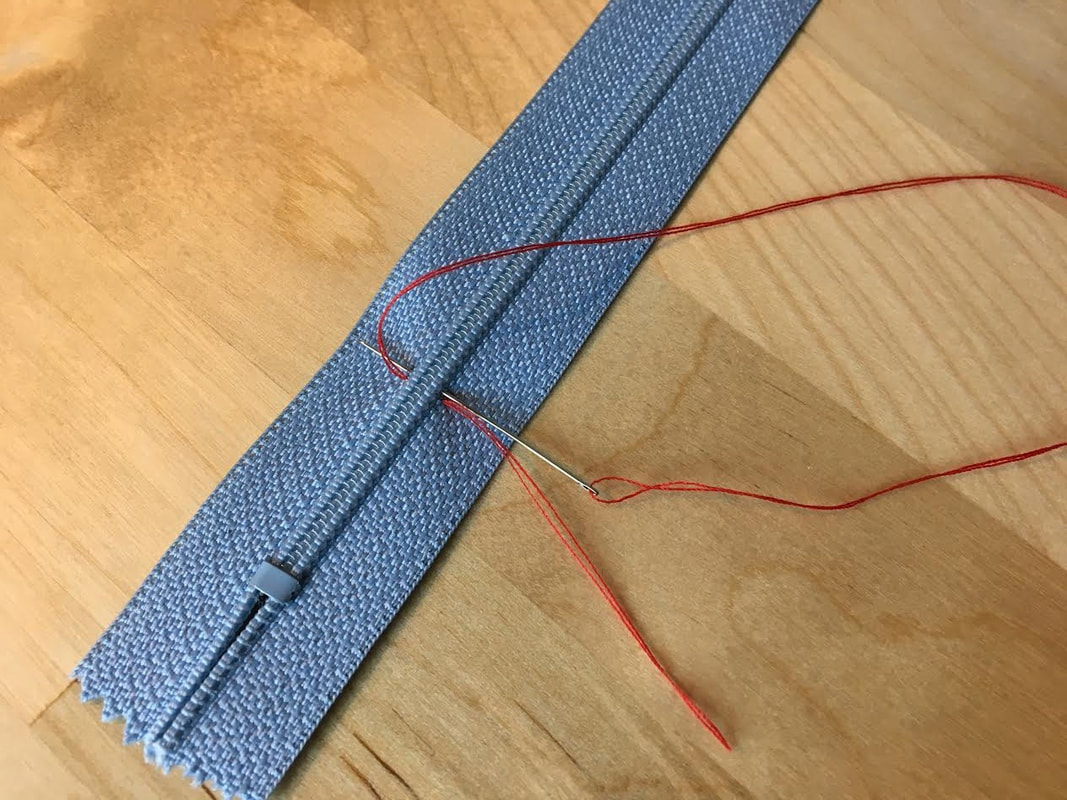
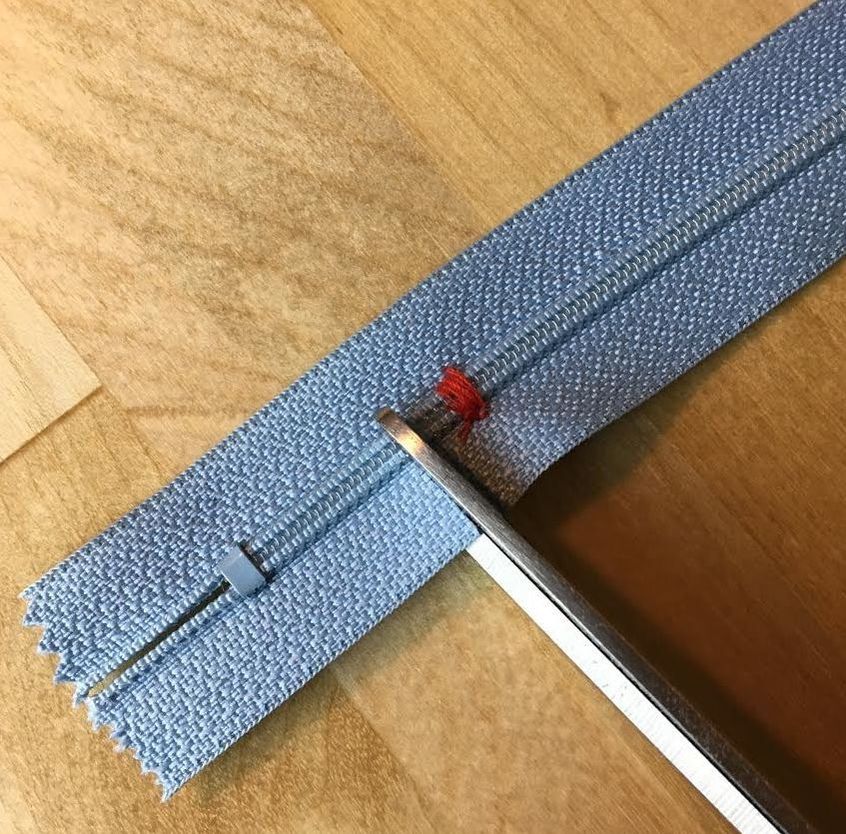
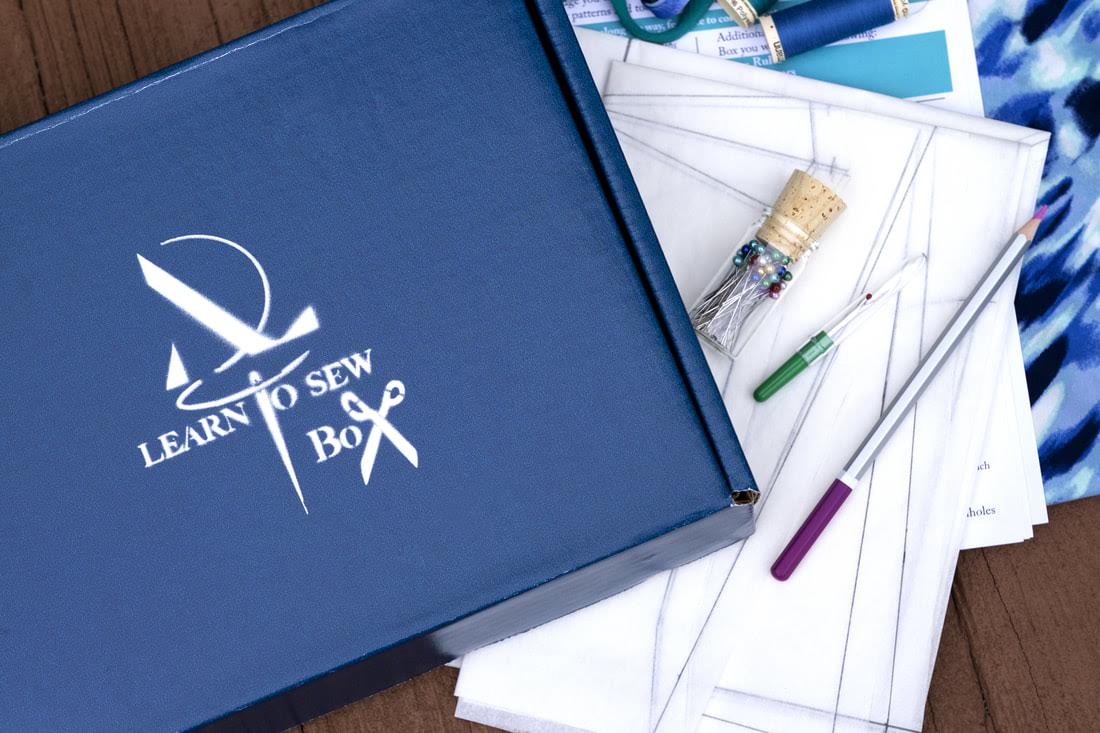


 RSS Feed
RSS Feed
